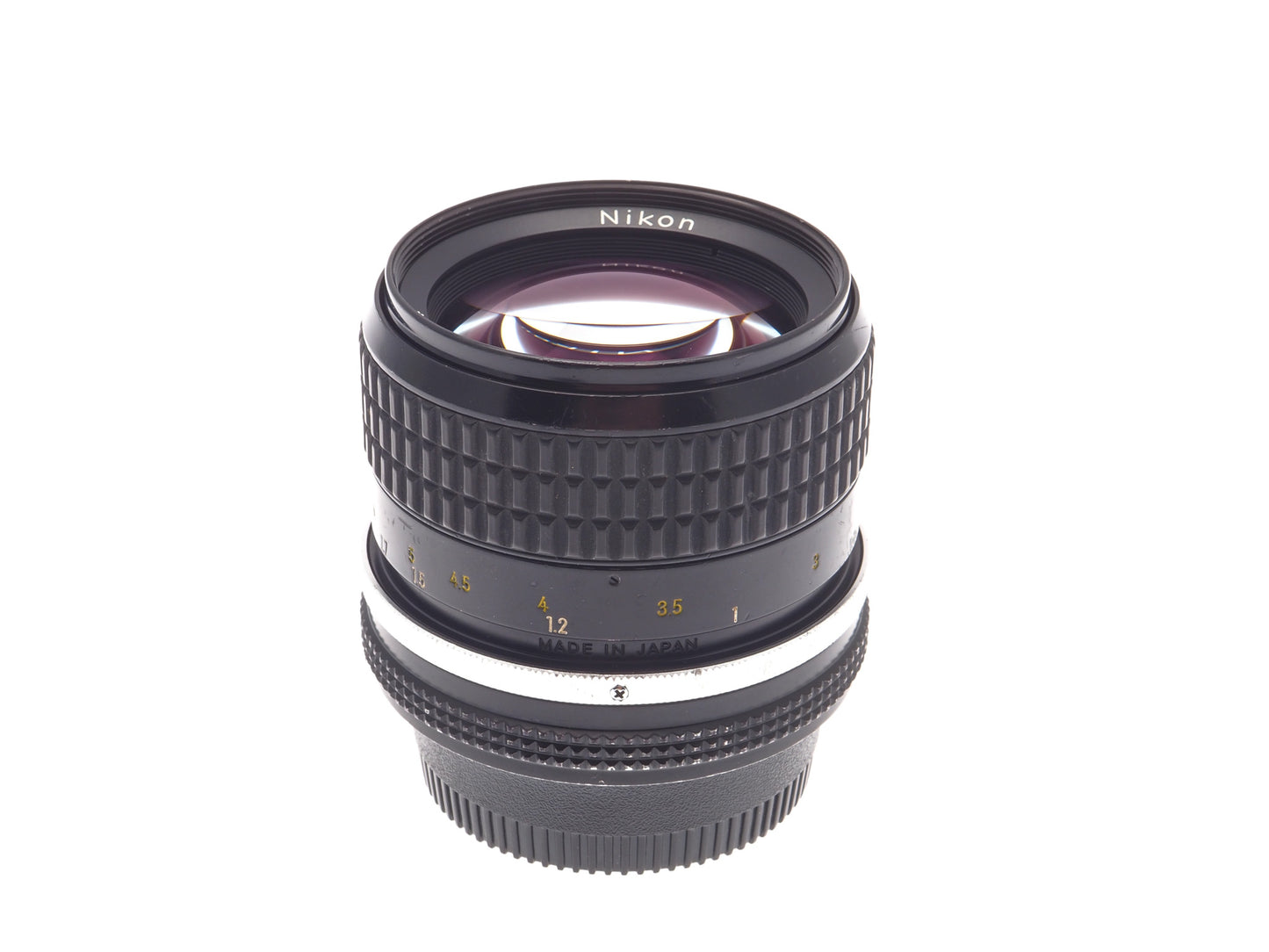
MedicationsĬertain medications can also cause pupils to be different sizes. It is not a life-threatening condition.Ībout 90% of cases occur in women between 20 and 40 years of age.Īlthough usually not harmful, having a tonic pupil may lead to someone becoming miotic, or chronically having a small pupil. Tonic pupil is where one pupil will appear abnormally large in light, taking a long time to constrict.

An aneurysm causes pain and is a life-threatening condition that needs immediate attention. TNP can be due to pressure on the third nerve from an artery aneurysm. However, some cases of TNP in children are congenital, meaning they occur from birth. Other causes of TNP in children include migraine and severe infections, such as meningitis. potential loss of ability to focus on objects.abnormalities in the muscles around the eye.slight drooping of the eyelid, known as ptosis.Anyone experiencing symptoms after a head injury must see a doctor.Īside from the pupils being different sizes, other symptoms of TNP include: Third nerve palsy (TNP) can cause the pupils to be different sizes.Ĭauses of TNP include a brain hemorrhage, trauma, or aneurysm. Share on Pinterest Third nerve palsy or Horner’s syndrome may cause anisocoria. a disease affecting the information pathways to the pupil.a disease affecting the iris, or colored area.Pathological anisocoria: This type is when the difference in pupil size comes from one of the following: Mechanical anisocoria: This type of anisocoria is the result of physical damage to the eye, such as an injury or a condition that causes inflammation to the eye. The difference between the pupil sizes is more or less constant, even when the light changes, and is not usually of concern.

Physiological anisocoria may be temporary or permanent, depending on individual cases.Ībout 15–30% of the population experiences physiological anisocoria. It is the most common type of anisocoria, and the difference between the pupil sizes is no more than 1 millimeter. Physiological anisocoria: This is when the pupils are naturally different sizes. Share on Pinterest Physiological anisocoria is the most common type of anisocoria.


 0 kommentar(er)
0 kommentar(er)
